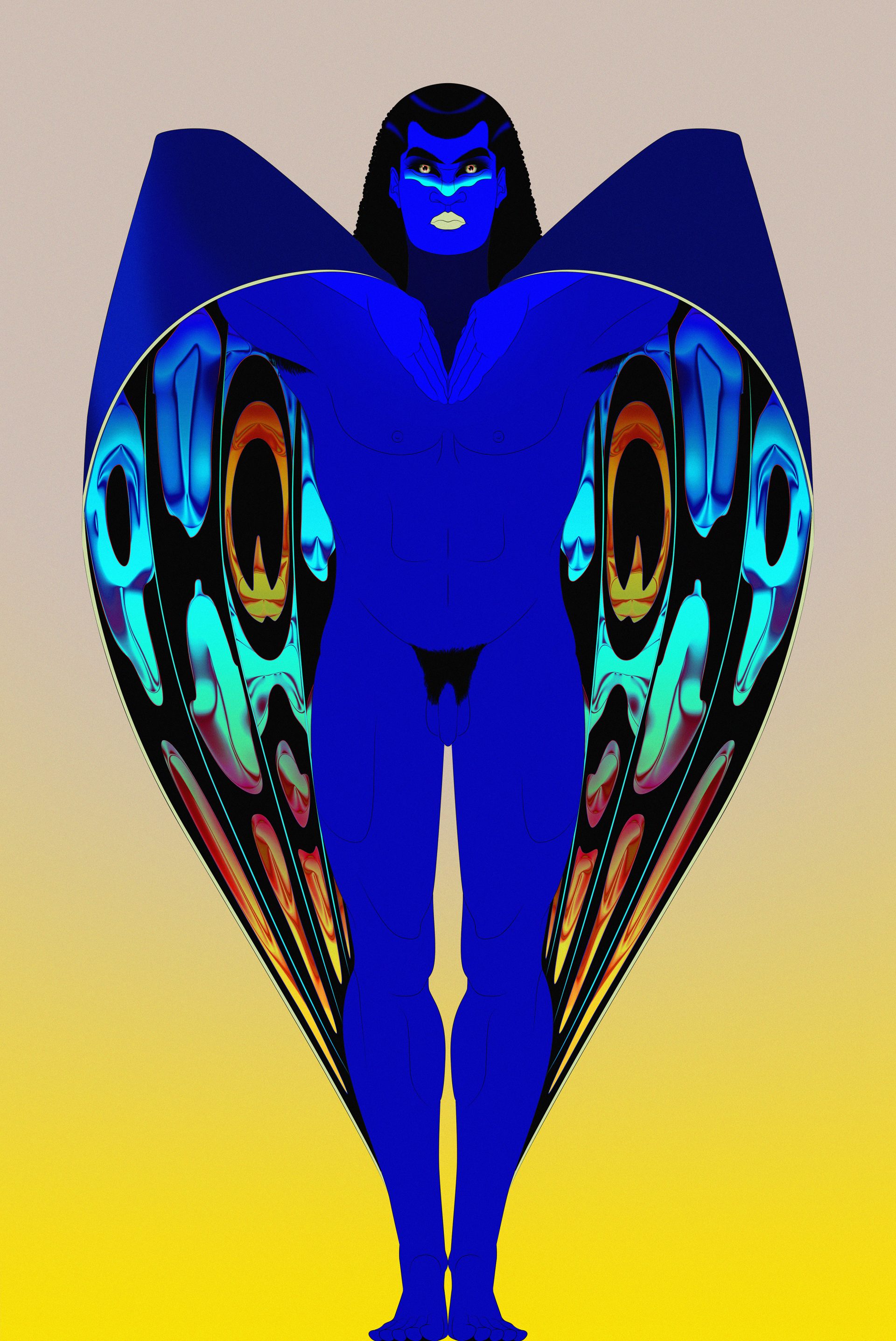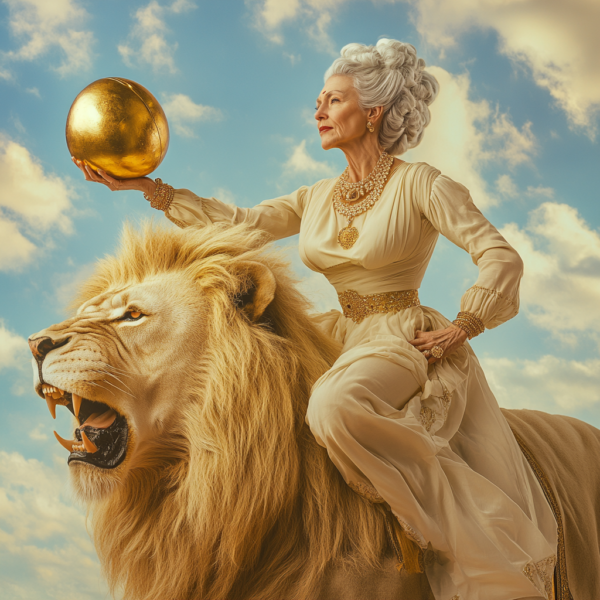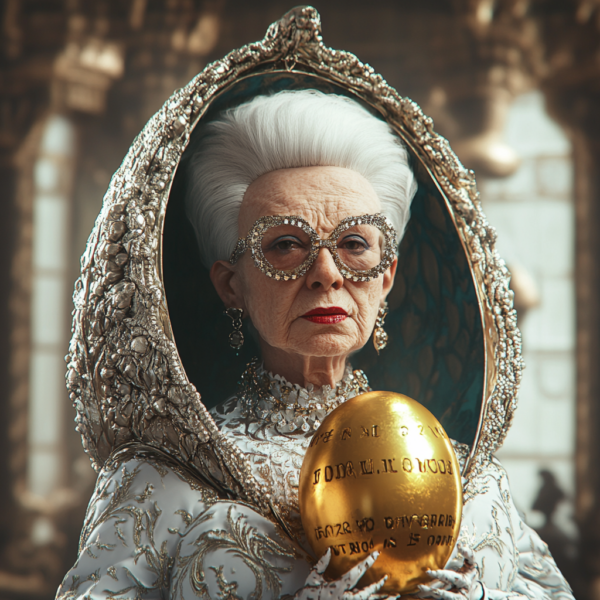Article by Sabine Sikor-Petz
Awaken the Feminine Mystery: Mystic Journeys with The Wild Golden Egg
At The Wild Golden Egg (TWGE), we invite you to embark on profound journeys into the sacred feminine mysteries. These pilgrimages connect us with the timeless wisdom of myths, rituals, and sacred traditions, guiding us toward deeper understanding, healing, and creativity. From the majestic Andes and the heart of Mesoamerica to the sacred temples of Egypt, Greece, Celtic lands, and the mystical energy of Colombia, these journeys illuminate universal truths about life, death, and rebirth.
It is important to note that these journeys and explorations are not about gender—they are about embracing the universal energies of creation, transformation, and renewal. These energies exist in all of us, beyond physical identity. Whether you identify as male, female, non-binary, or otherwise, these experiences are designed to awaken the deeper, intuitive, and transformative powers within every individual. We honor the feminine mystery as an energy that transcends gender, and our journey is one of reclaiming this wisdom for all who seek it.
Across the ancient world, Egyptian and Greek myths stood as powerful testimonies to the sacred feminine’s transformative power. In Egypt, Isis, the goddess of magic and healing, restored her beloved Osiris, symbolizing regeneration and the power of love to transcend death. The story of Nut, the sky goddess who births the sun each morning, reveals the infinite cycles of creation and dissolution.
In Greece, the Eleusinian Mysteries, dedicated to Demeter and Persephone, honored the seasonal cycles of life, loss, and renewal. These secret rites helped initiates confront the mysteries of mortality and rebirth. Artemis, the goddess of the hunt, embodied feminine independence and a connection to the wild, while Hecate, the keeper of crossroads, guided seekers through the shadowy depths of transformation.
These myths, rich with archetypal meaning, remind us of the universal power of feminine energy—a force of creation, intuition, and renewal present in all of us.


A myth is a narrative deeply rooted in cultures, attempting to answer fundamental questions of life: Where do we come from? Why do we exist? What happens after death? How can we live in harmony with the forces of nature and the universe? Myths are not historical accounts or scientific facts but symbolic stories that convey deeper truths and universal wisdom.
These narratives have been passed down through generations to share collective knowledge, experiences, and spiritual teachings. They are ancient representations of human experiences and emotions, establishing a connection to higher, transcendental forces and natural cycles. A myth speaks not only to our rational mind but to our deeper intuition and imagination. They offer metaphorical explanations for things we might not fully understand, like the mysteries of life, creation, and death.
Why Are Names Like Isis, Persephone, or Pachamama Important?
The names of these gods and goddesses are not just labels; they are representations of universal archetypes. Archetypes are fundamental, recurring patterns of thoughts, feelings, and behaviors that exist across all cultures and times. They reflect what Carl Jung called the collective unconscious. These universal characters in myths, like the goddesses of fertility or death, do not represent individual people but deeper, universal forces that everyone can embody within themselves.
- Isis from Egypt is more than just a goddess; she embodies the power of love, healing, and rebirth. She represents the ability to create life from darkness and enable spiritual transformation. In her, we find the archetypal Healer and Mother, who protects and restores life.
- Persephone from Greek mythology is another example of a universal narrative about the cycle of life and death. Her journey to the underworld and her return symbolize the annual cycles of nature, the changing seasons, and the eternal cycle of life and rebirth. She is the archetype of the Hidden and Transformation, inviting us to explore our shadow selves and learn from them.
- Pachamama from the Andes is a mother goddess who embodies the Earth itself and provides for all living beings. She represents the connection between humanity and nature, and she is a symbol of Nurturing and Healing.
These myths are not just stories from the past; they are living, universal truths that are still relevant today. They teach us how to connect with natural forces and the universal cycles of life. They challenge us to look deep within ourselves, recognize our own inner transformations, and engage with the primal, often hidden forces of life.
In this context, myths are not about whether they “really happened”; they are about the deeper meaning they convey. They are life teachings that help us understand our own spiritual journeys and connect with the universal forces shaping our lives.
What Myths Teach Us: Universal Archetypes
Myths are not merely ancient tales; they are living, breathing maps of the human experience, guiding us through transformation, growth, and healing. They transcend time, offering wisdom for those willing to explore their depths.
Egyptian Myths of Regeneration and Cosmic Balance
- Isis and Osiris: Isis’s journey to gather the fragmented body of Osiris represents the feminine power to heal, restore, and create anew.
- Nut and Geb: Nut, the sky goddess, and Geb, the earth god, remind us of the sacred balance between the heavens and the earth.
- Hathor: As the goddess of joy and fertility, Hathor embodies the creative and nurturing aspects of feminine energy.
South American and Global Myths of Feminine Wisdom
The sacred feminine is celebrated not only in Egypt and Greece but also in South America, where myths honor the deep connection between humanity and the earth. Indigenous wisdom from South American cultures offers a profound perspective on the cycles of life, death, and rebirth, aligning deeply with the teachings of ancient mythologies worldwide.
- Pachamama (Andes): The Earth Mother embodies abundance, reciprocity, and the cycles of life, offering guidance for living in harmony with nature. Her energy invites us to honor the earth as a living being, a source of nourishment, transformation, and renewal, much like the feminine energies celebrated across the globe.
- Coatlicue (Aztec): The “Mother of Gods” represents the duality of creation and destruction, inviting us to embrace transformation. She teaches us that from destruction comes rebirth, a cycle of life seen in many myths, such as the death and resurrection of Osiris in Egypt.
- Ixchel (Maya): This moon goddess reflects the cyclical nature of life, the power of intuition, and healing. Her energy connects us to the rhythms of the moon and the feminine mysteries, akin to the stories of Persephone and Demeter, where seasons of loss and renewal govern the natural world.
- The Andean prophecy of the Eagle and the Condor speaks of a time when the masculine intellect (Eagle) and feminine heart (Condor) will reunite to restore balance. This vision mirrors global myths, such as Isis and Osiris or Persephone and Demeter, emphasizing the need for unity between opposites—light and dark, masculine and feminine, intellect and heart.
In addition to these powerful deities, the Kogi people of Colombia, an indigenous tribe deeply connected to the earth and its rhythms, offer profound spiritual wisdom that resonates with the teachings of these global myths. The Kogi believe that the earth is a living entity, and they emphasize the balance between human beings and nature as a reflection of the balance between the sacred masculine and sacred feminine energies. Their wisdom teaches us that the feminine, in its many forms, is essential to maintaining the harmony of the world, just as the sacred feminine is honored across cultures and mythologies.
Together, these South American myths, along with the stories of Isis, Persephone, Demeter, and others, create a universal narrative that transcends geographical, cultural, and gender boundaries. These myths provide guidance for understanding our place in the world, the cycles of life and death, and the transformative power of feminine wisdom.













